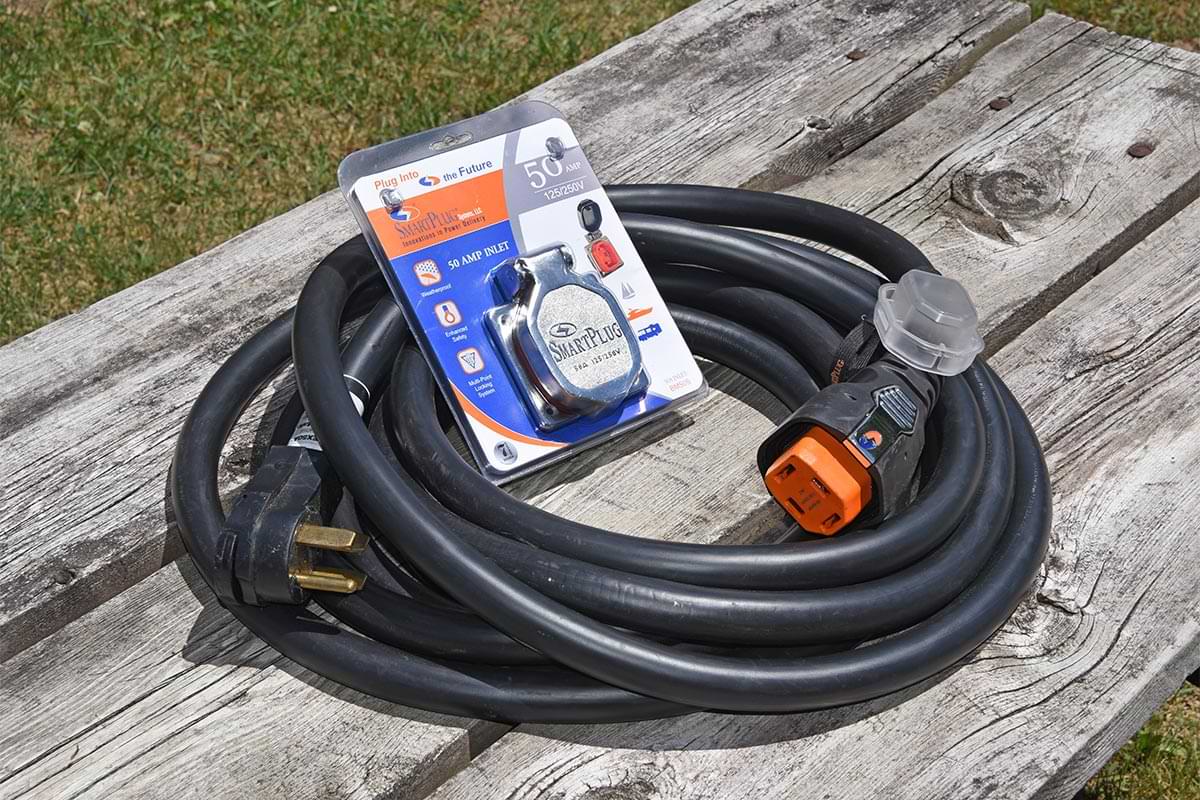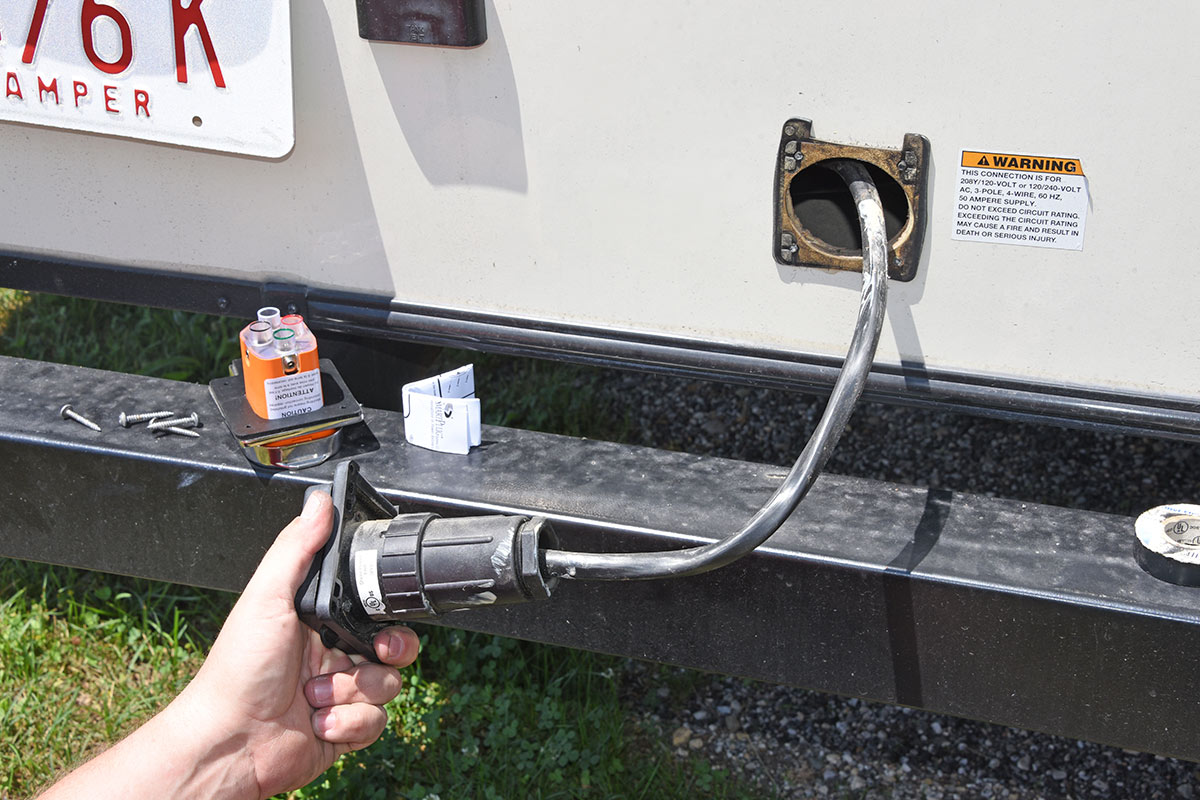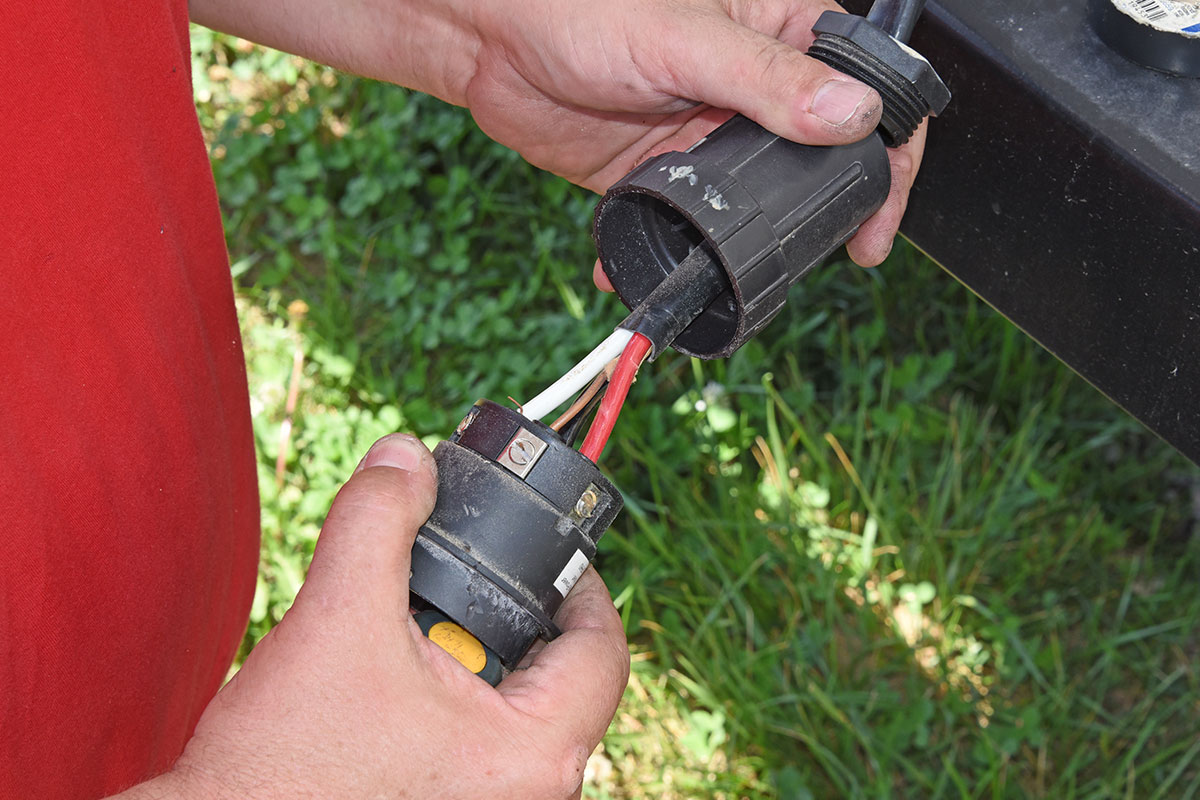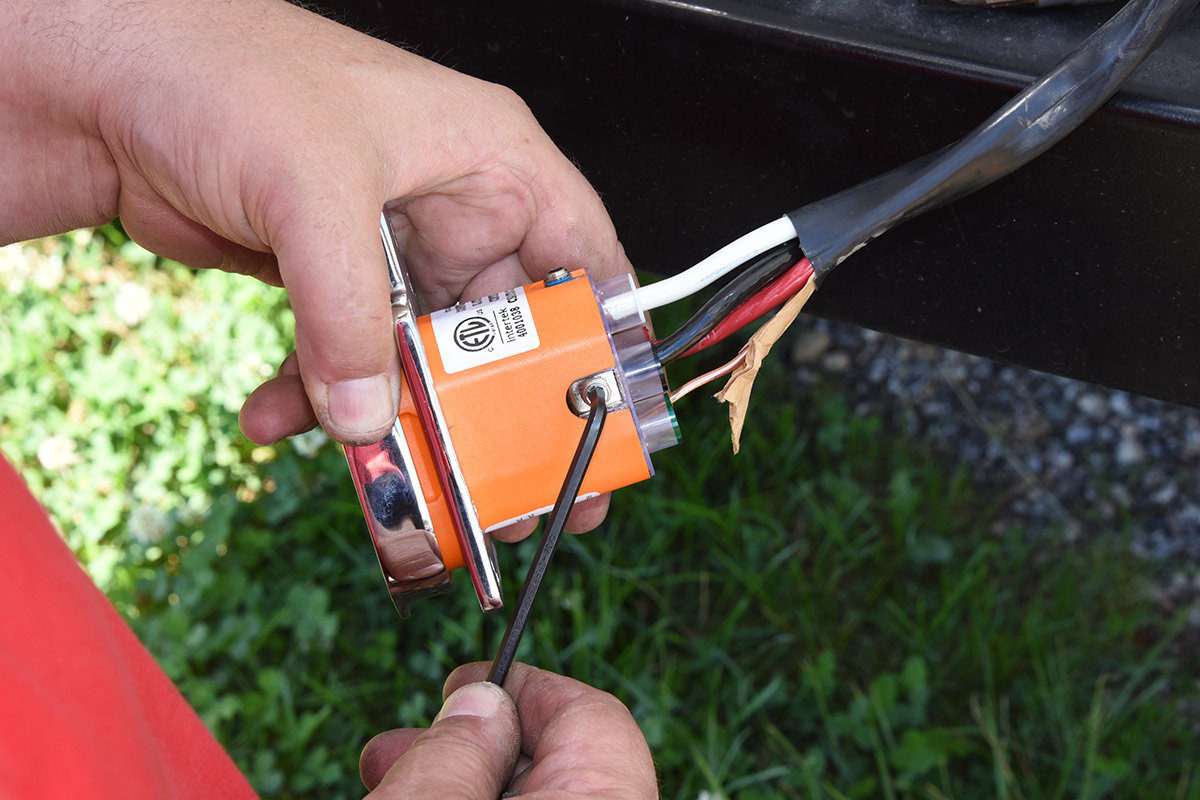Keeping Connected

There are a number of reasons why this can happen, but oftentimes it can be sourced to resistive heating.
Resistive heating is a result of prolonged heavy, but within the rating, amp draw on a connection where the terminals — because of design, wear, or both — fail to make a tight connection. The slight space between the terminal contacts begins to arc and creates abnormal heat. The more heat, the worse the contact gets, eventually leading to a more significant event and failure.
Marine environments are far harsher than those experienced by RVs mainly due to saltwater exposure. Recreational boaters frequently had to deal with power-connection issues like those mentioned above, which led to the invention of the SmartPlug (smartplug.com). The Seattle-based company soon realized RVers can suffer from the same dilemmas and began marketing to the RV community.

As seen in this comparison between the typical pins on a twist-lock (left) versus the SmartPlug (right), the SmartPlug establishes greater contact to maximize electrical transfer — the company claims a 20-times improvement.
SmartPlug also uses much heavier-grade pins that are also larger, providing a tighter connection. This upgrade by itself can reduce or even eliminate resistive heating. And the SmartPlug connection is gasketed and, therefore, watertight — again, eliminating the corrosion that contributes to resistive heating. The system includes a snap-on protective cover on a lanyard to guard against moisture and damage to the open end of the cordset when not connected to the RV. Once closed, the SmartPlug receptacle on the RV is also watertight. The latest version also includes a second LED on the cordset plug that indicates shorepower polarity — which helps indicate whether you have a safe connection.
The SmartPlug is available in 30- and 50-amp versions as a replacement plug and receptacle for existing cables, or as a complete cordset with an easy-pull shorepower plug and a softer insulation jacket that doesn’t stiffen in cold weather. SmartPlug also offers replacement kits for exterior data ports and service kits for existing male and female inlet connectors.





Kits start at less than $150 and go up from there. We installed a chrome SmartPlug 50-amp system on a 2015 Montana fifth-wheel, replacing a legacy twist-lock, which, as it turned out, was broken inside from an over-torqued set screw.
Already a Subscriber? Click here for Access to the Full Issues.


